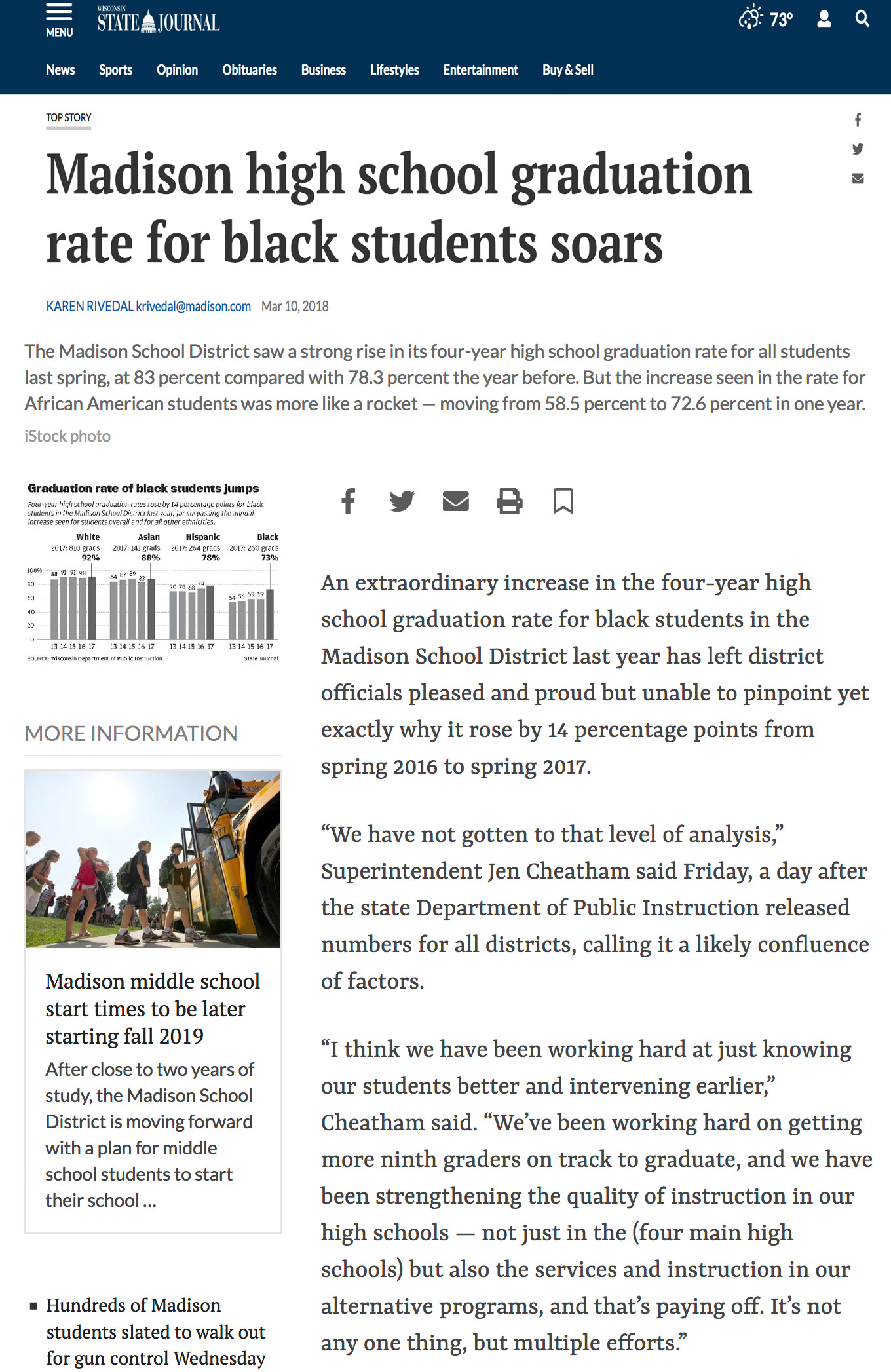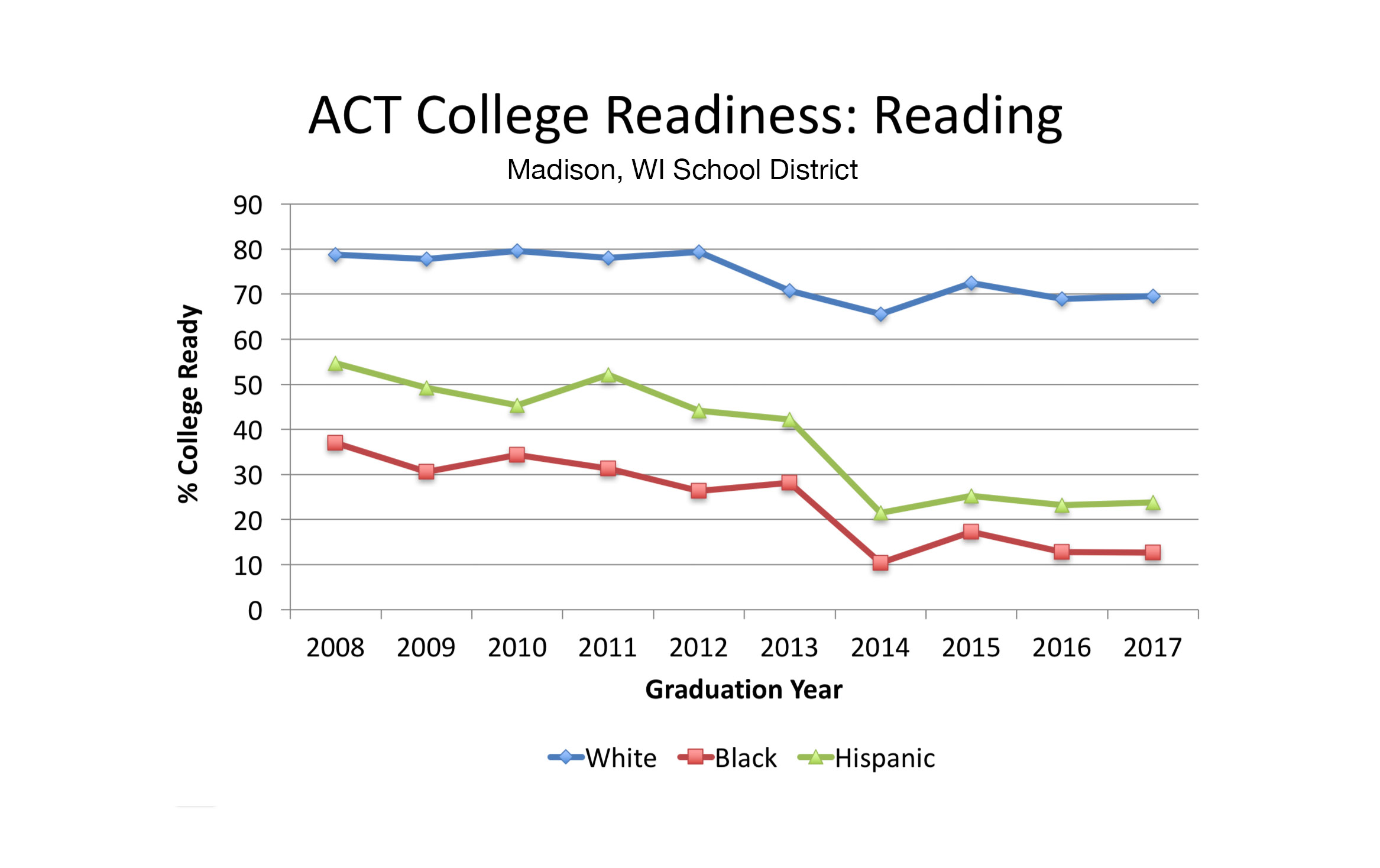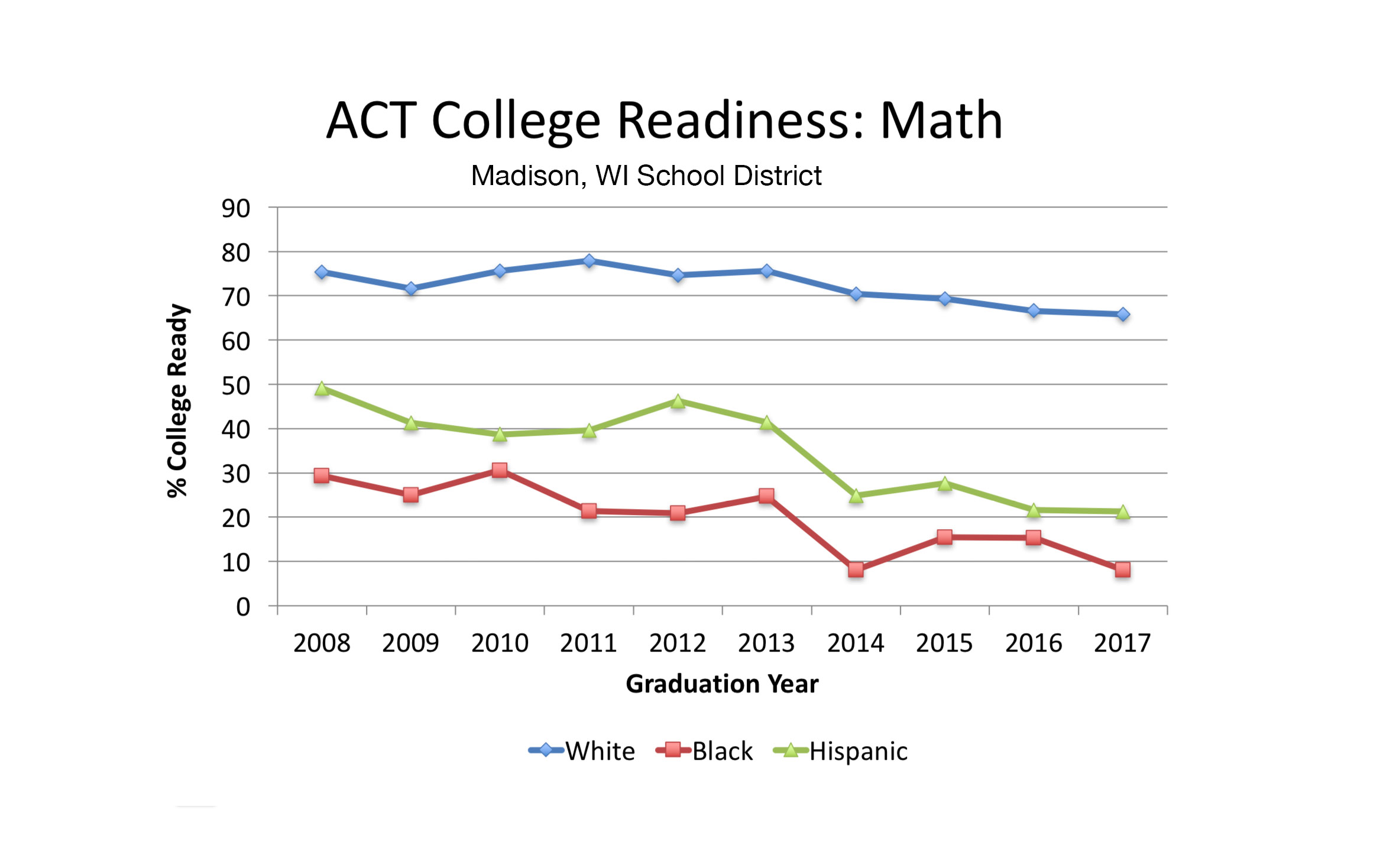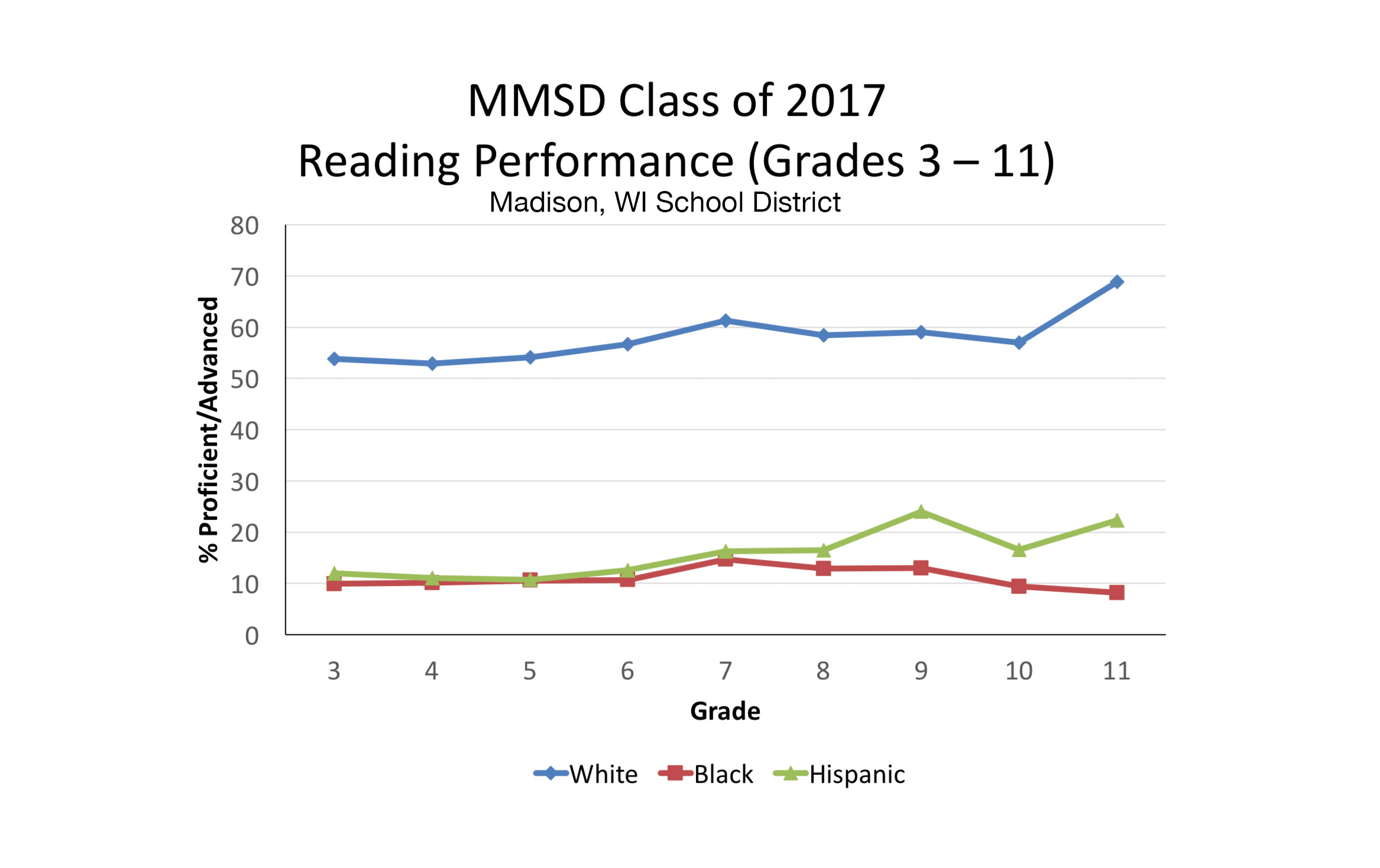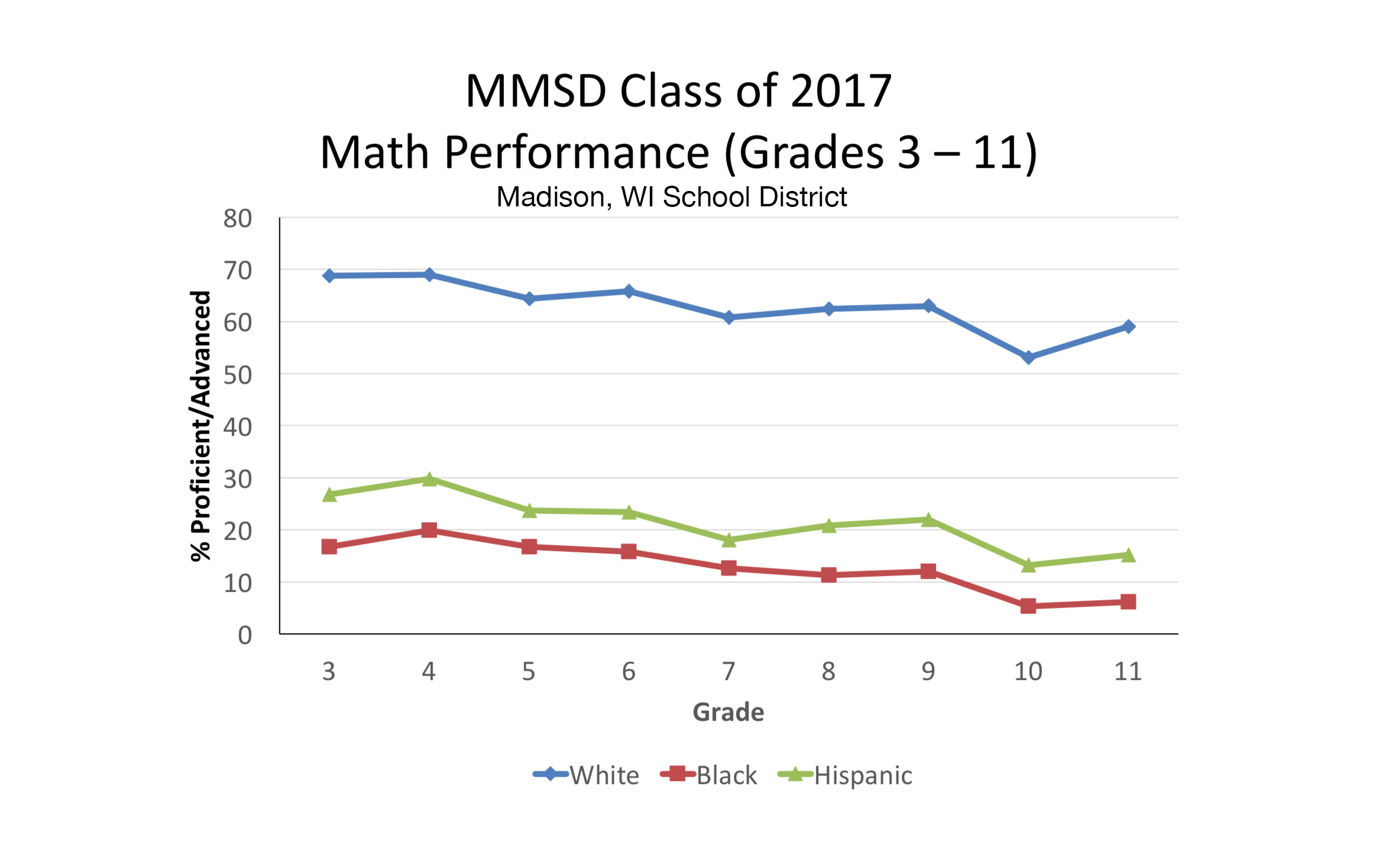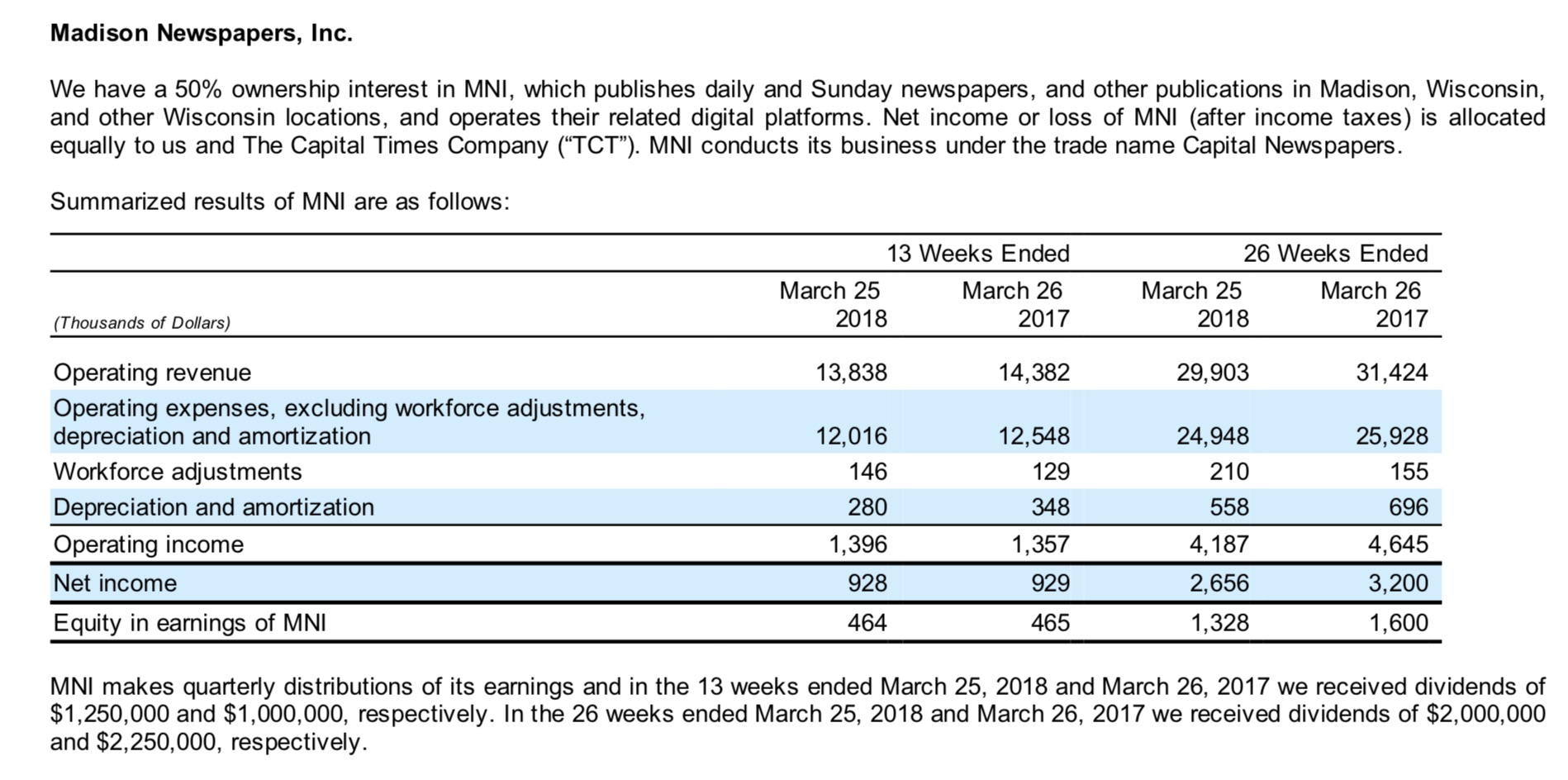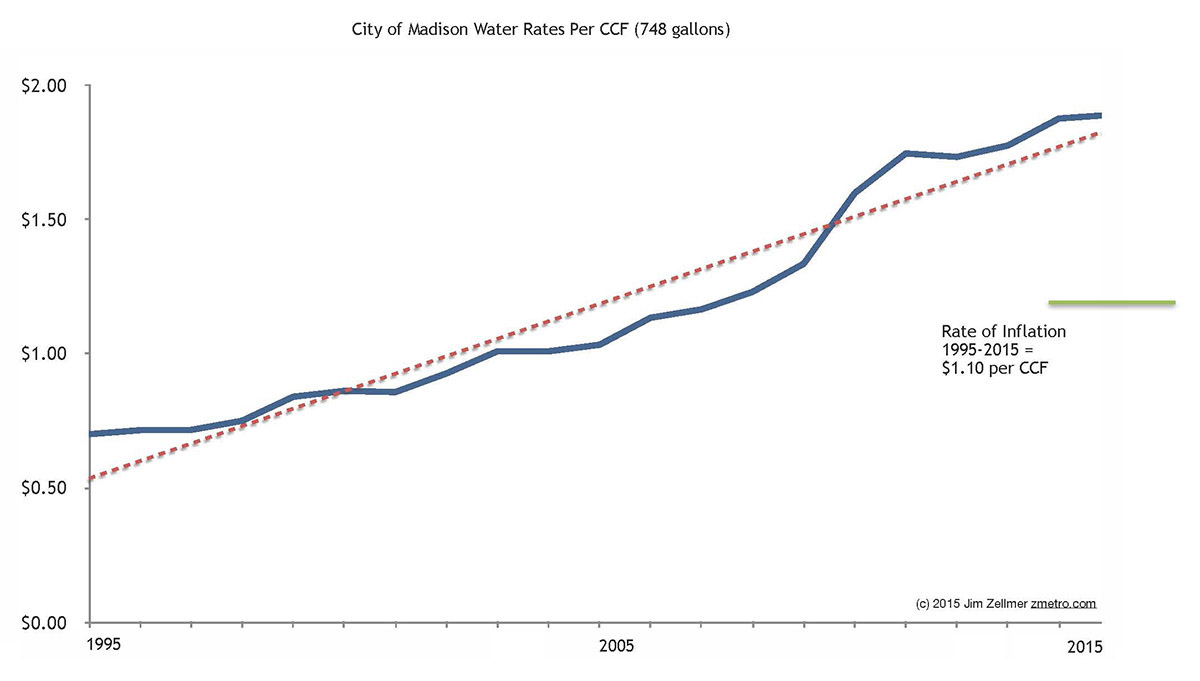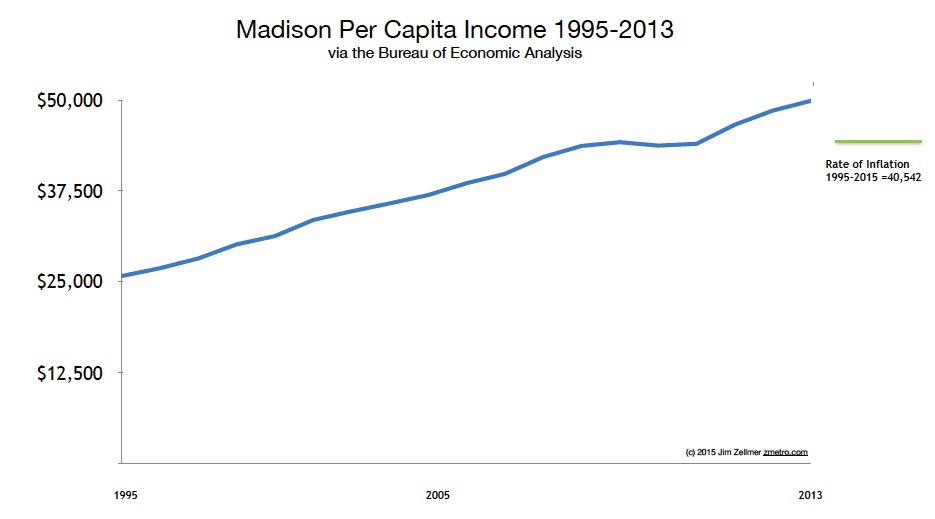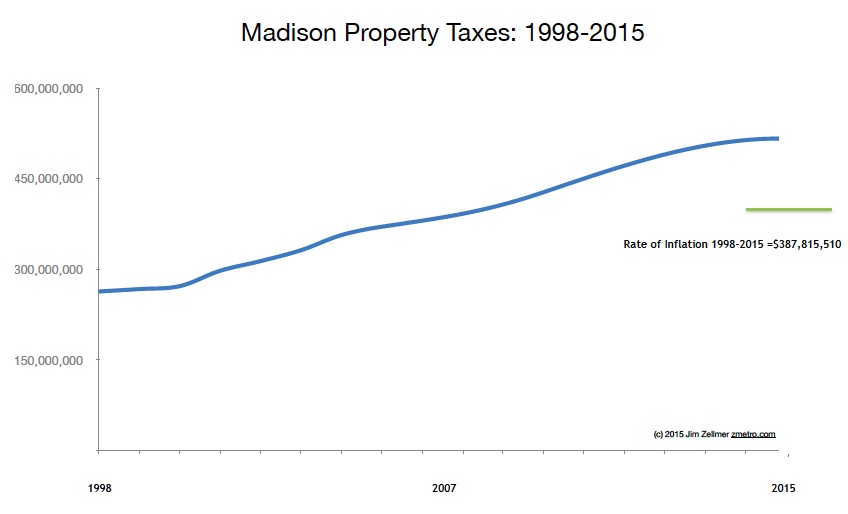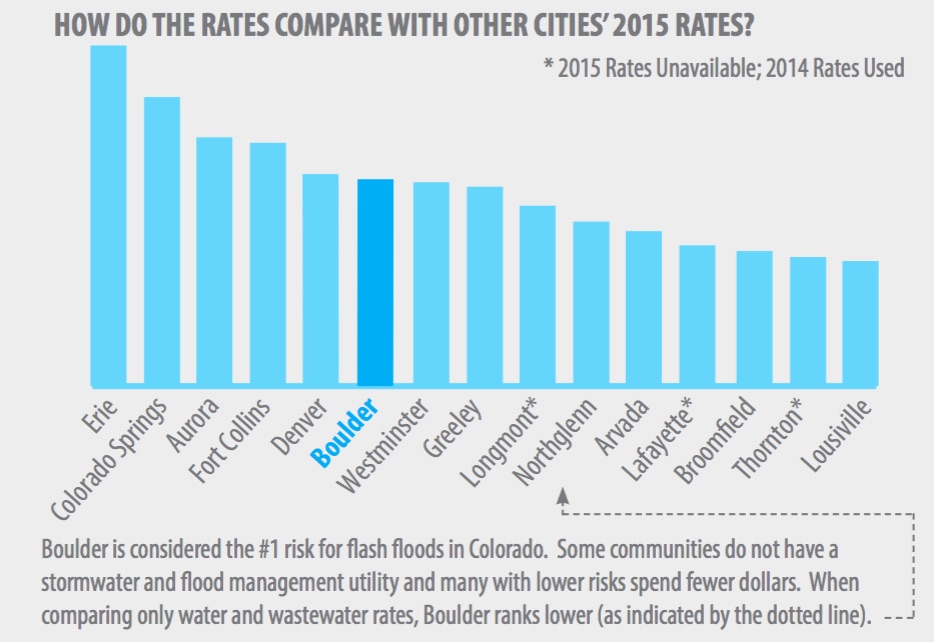@Mtaibbi ‘s opening testimony: #DefundTheThoughtPolice pic.twitter.com/ZaM9HwqyCy
— Matt Orfalea (@0rf) December 4, 2023
And that’s why today I’m going to tell you about some of the really mad things that Transport for London (TfL) can figure out about us by using our location data, provided by the O2 mobile network. Using the Freedom of Information Act, I’ve managed to obtain the Data Protection Impact Assessment, and the Statement of Work for TfL’s Project EDMOND – which stands for “Estimating Demand from Mobile Network Data”3.
Tunneling is an important technology for modern civilization, as a tunnel is often the only reasonable way to create a direct path between two points. When the Hoosac tunnel was completed in 1875, it turned a difficult, 20-mile railroad route along “precipitous grades” into a direct 5 mile route, connecting Boston with the Upper Hudson Valley. Large infrastructure projects such as hydroelectric dams often require tunnels to function. The Hoover Dam required more than 3 miles of tunnels 56 feet in diameter to divert the Colorado River around the construction site. And a tunnel can be used to create new land beneath dense urban areas, making it possible to build large-scale horizontal infrastructure like sewers or mass transit that wouldn’t be feasible to build above ground.
The tricky thing with the web is that once you learn how to build something there is never a reason to have to learn it again. That’s the contract we have: the web is backwards compatible. (Very few exceptions apply, but the first web page still runs fine in all modern browsers.)
The geography of these regions necessitates heavy use of submarine cables for international connectivity. Over $6 billion of new cables are planned to enter service from 2022-2024 that connect to Asia and Oceania. Several of these new cables are taking unique routes. For example, Echo and Bifrost will be the first cables to directly connect Singapore to the United States. The Apricot cable will be the first cable to link Japan and Singapore with a path that goes east of the Philippines.
This “Authentic Digital Emblem” (ADEM) meets various security requirements and is also effective against automated cyberattacks. The emblem indicates that a digital infrastructure is entitled to protection. However, legal implementation remains a major challenge.
Places in Germany have over 11 times more mental health centres and practitioners, and eight times more further education providers, than equivalent parts of England, according to 2021 data.*. In 2020, German areas also have twice as many railway stations per 100,000 people as matching English areas, although England averages almost four times more bus stops than Germany.
In the first two years of the Cheech Marin Center for Chicano Art and Culture’s existence, e-commerce giant Amazon.com was happy to contribute funds to the much-lauded Riverside facility. But this year, the Cheech hosted an exhibit that included a piece depicting an Amazon warehouse on fire. In an interview, the artist said the piece, titled “Burn Them All Down,” was not a call to arson, but instead a commentary on how public officials were not listening to community concerns about the growing number of warehouses in their Inland Empire neighborhoods.
Under state law, Martwick does not have to disclose whether his votes in Springfield benefit his property tax appeals clients. Most states require disclosure of conflicts of interest before voting. Not Illinois.
Who lost: Negotiators rejected harsher language from Sen. Tammy Baldwin (D-Wis.), which would have required that by 2033, every Navy ship uses 100 percent domestically produced materials, such as propulsion systems, shipboard components, couplings, shafts and support bearings. Baldwin’s home state includes Fincantieri Marinette Marine, a major shipbuilder. That language was backed by the American Shipbuilding Suppliers Association and Wisconsin companies Appleton Marine and Fairbanks Morse.
But end of the day, if YIMBYism allows people to live as they want because the market can better match demand, then the net flow has to be out of the oversubscribed cities. And the big reason people say they live urban when they would prefer otherwise is to be close to the jobs. This strongly suggests that YIMBY will end up resulting less in skyscrapering the cities and more in multiplexing the burbs.
I was the Ascent Flight Director for one mission where the ET re-entered very near Hawaii just after local sunset. The spectacular breakup was observed by many on the Big Island and (according to what I heard) resulted in a call from the Governor of Hawaii to the NASA Administrator to find out ‘why is NASA bombing our state?’ Perhaps an apocryphal story, but why check? A good story is better than the truth some times.
The goal of the Darling line of trees was to confer blight tolerance by inserting a gene from wheat called oxalate oxidase (OxO). The OxO gene detoxifies oxalic acid produced by the chestnut blight fungus and could hypothetically prevent lethal cankers on the tree. Many “events” (random insertions of the gene into the American chestnut genome) were created using the 35s constitutive promoter which causes the OxO gene to always be “switched on” in the tree’s tissues. These different events were tested for gene placement and OxO expression and one, named Darling 58, was selected for further lab and field testing.
In a forceful, 89-page memorandum, U.S. District Court Judge Iain Johnson wrote that the founder of John Deere “was an innovative farmer and blacksmith who—with his own hands—fundamentally changed the agricultural industry.” Deere the man “would be deeply disappointed in his namesake corporation” if the plaintiffs can ultimately prove their antitrust allegations against Deere the company, which are voluminous and well-documented.”
For example, did you know that the journos literally have “how to doxx” handbooks?https://t.co/YmqQn1FH9Z pic.twitter.com/7aS3JQ63wR
— Balaji (@balajis) December 9, 2023
The PR campaign about how swimmingly the war is going has been multi-pronged. First, keep every alternative site’s content out of programs like Google News, but fill it with sunny Atlantic Council updates (“American support for Ukraine stays strong!”) and interviews with soul-of-credibility types like ex-spy Christopher Steele, who went on Sky News in July to inform us that “Russia has almost abandoned the war militarily.” Second, have lots of former generals give interviews saying victory is at hand (my favorite was Ben Hodges telling Newsweek in October that Ukraine was “running rings” around the Russians). Third: write stories about battlefield victories whenever they happen, e.g. “Senior Leadership Among Those Killed in Strike on Russia’s Black Sea Fleet,” but take the day off when the news isn’t good.
These sources explain that, when the U.S. Ambassador Reynoso was summoned by Minister Robles, she said that she was not aware of the case. The U.S. ambassador allegedly claimed that the U.S. agents who had bribed the Spanish spies were working independently of her, in a program that was launched before current President Joe Biden arrived at the White House and that, for reasons unknown, had been maintained until now. Reynoso, the same sources add, apologized for what happened and promised utmost collaboration with the ongoing investigation. The case has left the U.S. in an embarrassing situation.
Luke 3; 10-14:
And the people asked him, saying, What shall we do then? 11 He answereth and saith unto them, He that hath two coats, let him impart to him that hath none; and he that hath meat, let him do likewise. 12 Then came also publicans to be baptized, and said unto him, Master, what shall we do? 13 And he said unto them, Exact no more than that which is appointed you. 14 And the soldiers likewise demanded of him, saying, And what shall we do? And he said unto them, Do violence to no man, neither accuse any falsely; and be content with your wages.
An overview of BOAC & BEA operations from Into The Blue (1952).
It includes a brief glimpse of how reservations were made in the pre-computer era, with a giant rotating wheel! pic.twitter.com/TnR9kDhhU1
— Captain Brent ?? (@Birdseed501) December 10, 2023
During World War II, Steinway & Sons air-dropped pianos with large parachutes and complete tuning instructions into the battle for the American troops.
Called the Victory Vertical or G.I. Steinway, the pianos were to provide a bit of relaxation/morale booster. The pianos came… pic.twitter.com/X8rMwvvNHS
— Time Capsule Tales (@timecaptales) December 10, 2023
The Netherlands had been pushing for the US to join the group, according to people familiar with the matter. US President Joe Biden has repeatedly pressed to eliminate a raft of tax incentives for the oil and gas industry — reviving a campaign former President Barack Obamalaunched more than a decade ago. But the effort depends on support from the closely divided Congress and has been fought by oil industry leaders who argue they shouldn’t be singled out, since many of the targeted deductions are not unique to the sector and have corollaries through the tax code.
“But I do think that a consistent libertarian position is telling the FBI, Department of Homeland Security, [Centers for Disease Control and Prevention], [President Joe] Biden’s spokesmen…that they can’t be meeting on a weekly basis with either overt or implied threats of, ‘You need to do this or else.'”
“So I came for the aesthetics, but I was blow away by the sound. I’ve been glued in front of these speakers for hours now, just listening to all the tracks I thought I knew so well.
